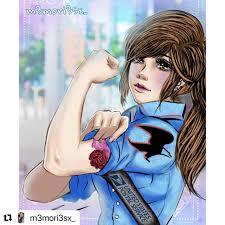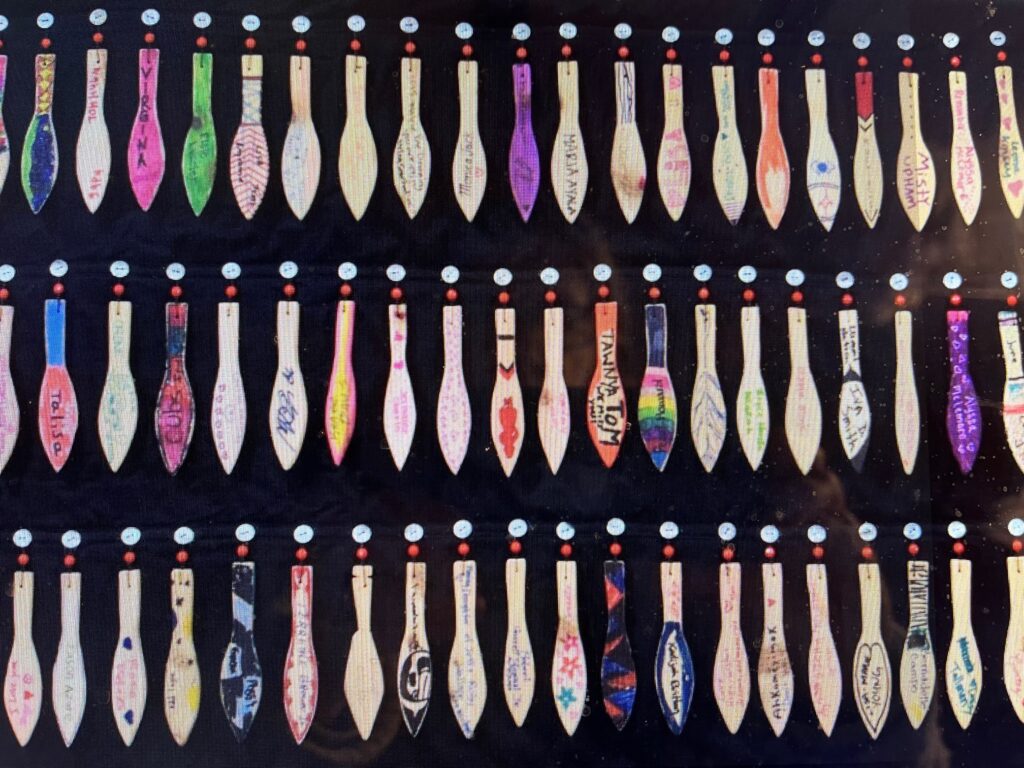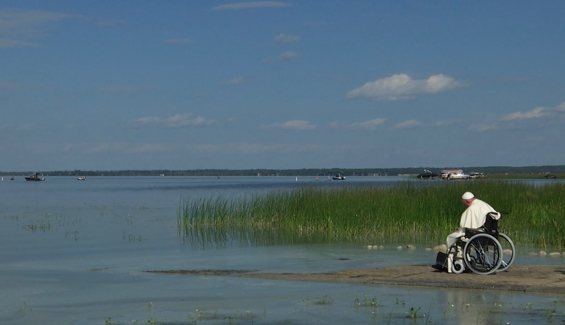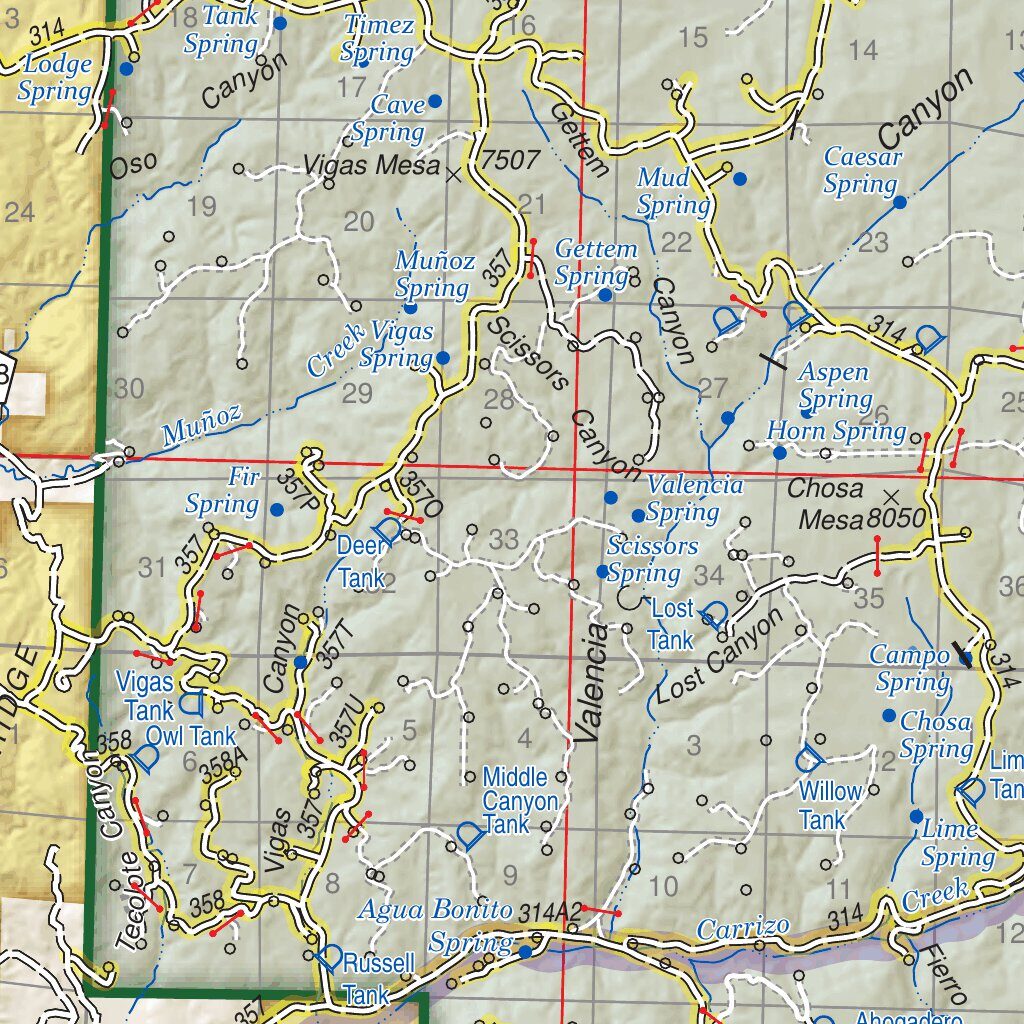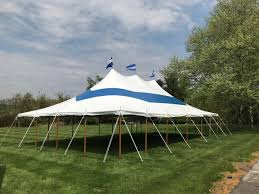Letter to Elon on Friendship and Fly Swatters
April 14, 2025
Dear Elon –
I have friends who think I’m crazy to be writing to you. Some say “You should be more careful. You might end up in jail!” I mean, really! You would never lock up a law-aiding citizen just for exercising free speech, would you? I tell them that could never happen, and they go away muttering “she’s lost it.” Do you have friends who think you’re crazy? Or maybe the first question should be “Do you have friends?” I’ve never seen a photo of you with pals, just playing pickle ball, or sitting down around a bowl of kale chips and hummus, or taking a nature walk together through a botanical garden.
This week I focused my 5-things on friendships – old, new and potential. We need each other in these stressful times, but if we are putting all our energy into protests, letters to the editor, calls to congress, keeping up with the latest news, we can find ourselves isolated and exhausted, right? So here are my 5 things from last week, and I must say, I feel very refreshed and ready to resist with new zeal.
- I met with a group of mediator friends to compare notes on how to make peace when people are so divided and whether we should all hang up our mediator hats, and take to the streets. It was a great conversation. I think you would have been very interested in how passionate we were. Wish you could have been a fly on the wall.
- I bought a new fly swatter – oops, don’t get me wrong. This has no connection to your being a fly on the wall. Just an unfortunate juxtaposition. Fly season is here and I need to be prepared to smash those pesky little things that seem to be everywhere, buzzing nonsense and spreading evil germs.
- I met on zoom with a young woman that I am going to mentor in mediation. I have mentored many students and those looking to change careers and each conversation leaves me full of new ideas and optimism about the future of the profession. Mentoring is really a two-way proposition, don’t you agree? Even we so-called experts have much to learn, if we can just listen.
- I am not technically savvy, but I tried to tidy up my Facebook page and my 5-things-i-did group page. I have a lot of friends, some of them I actually know, and many of them are enjoying my letters and postcards to you. They send me photos of what they write you, so I know you are getting more and more mail from the 5-things movement, and that makes me so happy. I wonder where you are keeping them all, not in a circular file, I hope.
- I took a beautiful walk with my husband up a creek bed near our house. There were huge Ponderosas, fantastic rock formations, and a cloudless, bright blue sky. I always love to see the generations of trees – the old majestic ones high above the rest, the middle-aged ones coming on strong, the teenagers bursting with hope and energy, and the toddlers, sprouting needles, new and shiny. We met others enjoying the day, some with walking sticks, some with kids, some with dogs, some with all three. We were all friends for that moment in time and space.
Excuse my poetic detour! I know you want a short, concise report of the five things I did, but some weeks it’s more complicated, more human… and more important.
Next week, I’ll be back to business, I promise!
Have a nice day,
Lucy
And my companion postcard:







